How to treat different types of acne
To see clearer skin, it helps to know what types of blemishes you're dealing with. Each type requires different treatment.
What’s that blemish?
Is that a blackhead, papule, or something else? See what the different acne blemishes looks like and how to treat them.
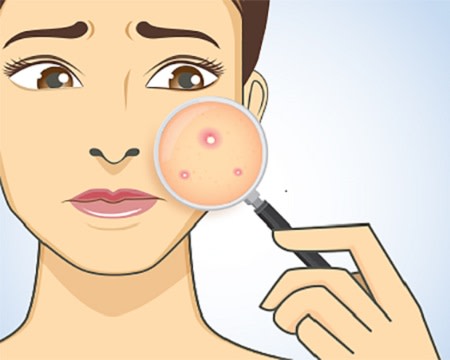
Blackheads and whiteheads
These appear when pores become clogged with excess oil, bacteria, and dead skin cells. If the pore closes up, you’ll see a tiny bump that looks white or flesh colored. These are whiteheads.
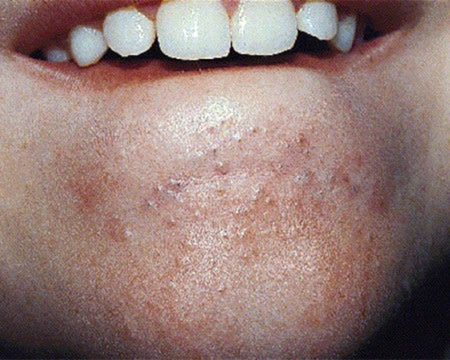
Blackheads (dark spots) and pimples
If the pore fills with debris but stays open, you’ll see a blackhead. The black dots aren’t dirt, so resist scrubbing. It will only worsen your acne.
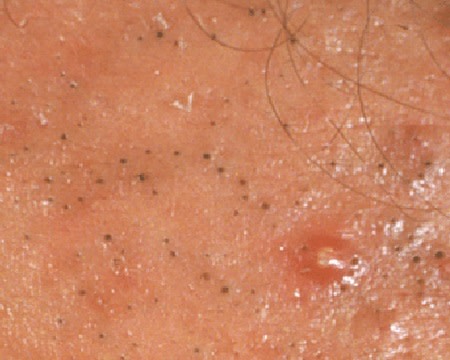
Treating whiteheads and blackheads
To unclog pores, dermatologists recommend using a retinoid. You can buy one retinoid, adapalene, without a prescription. You’ll also want to use a benzoyl peroxide wash. It can help get rid of the excess P. acnes bacteria on your skin.

Stubborn whiteheads and blackheads
Give treatment six to eight weeks to work. If you still see blemishes, you may want to see a dermatologist. A procedure like comedo (medical term for blackheads and whiteheads) extraction may help. Prescription-strength acne treatment is another option.

Early pimples
When excess oil, bacteria, and dead skin cells push deeper into the skin and cause inflammation (redness and swelling), you’ll see small, red bumps. The medical word for this type of acne blemish is a papule. They feel hard. If you have a lot of papules, the area may feel like sandpaper.
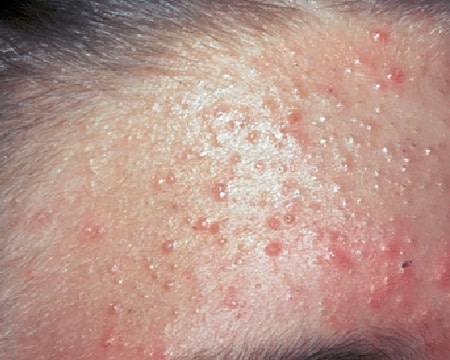
Treating papules
To clear this type of acne blemish, try washing your face twice daily with an acne face wash that contains benzoyl peroxide or salicylic acid. If you have a lot of papules, it can be helpful to see a dermatologist.
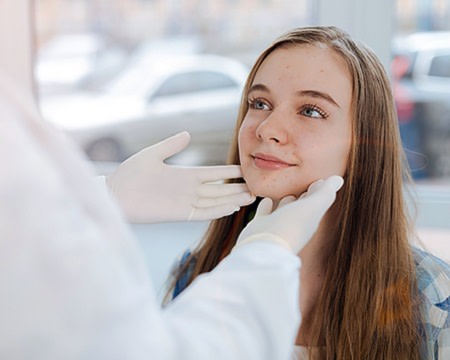
Pus-filled pimples
The medical term for this type of acne blemish is pustule. These blemishes are a lot like papules, except that pustules contain a yellowish fluid. You’ll often see a yellow- or white-colored center, as shown here.
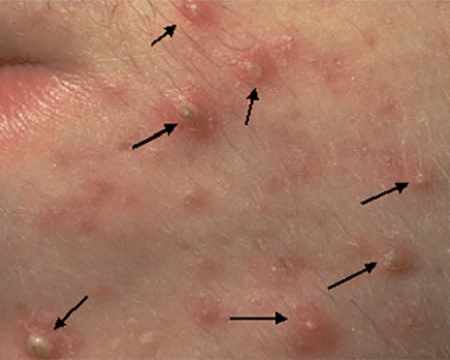
Treating pustules
To treat, wash your face with an acne product that contains benzoyl peroxide or salicylic acid. Resist the temptation to pop these. It can worsen acne. If you don’t see results from treatment in six to eight weeks, see a dermatologist.
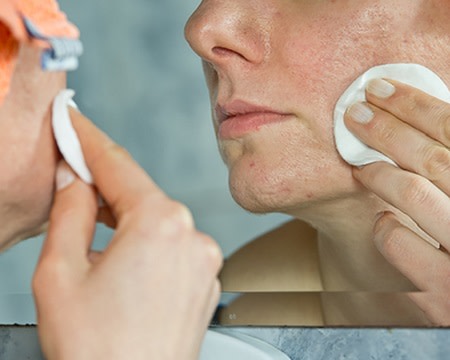
Acne nodules and cysts
These acne blemishes penetrate deep into the skin, and often cause permanent acne scars when they heal. If you have acne that looks like this, you’ll need a dermatologist’s help to treat it. The sooner you start treatment, the fewer permanent scars you’ll have.
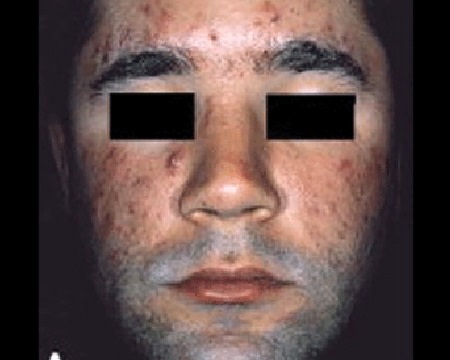
Virtually everyone with acne can see clear skin
If you feel discouraged with your acne treatment and believe that nothing will work, you’re not alone. Don’t give up. Effective treatment is available. Sometimes, it requires a dermatologist’s help.
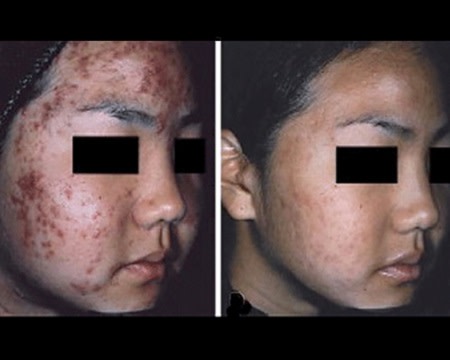
Related AAD resources
Images
Images 1, 4, 5, 7, and 9: Getty Images
Image 2: Image used with permission of Journal of the American Academy of Dermatology: J Am Acad Dermatol. 1998; 39(2 Pt 3):S34-7.
Images 3, 6, and 8: Images used with permission of the American Academy of Dermatology National Library of Dermatologic Teaching Slides.
Images 10 and 11: Images used with permission of Journal of the American Academy of Dermatology: J Am Acad Dermatol. 2001;45(2):187-95.
References
Habif TP, Campbell, JL, et al. “Comedone acne” and “Pustular acne.” In: Dermatology DDxDeck. Mosby Elsevier, China, 2006: Cards #30,31.
Zaenglein AL and Thiboutot DM. “Acne vulgaris.” In: Bolognia JL, et al. Dermatology. (second edition). Mosby Elsevier, Spain, 2008:495-507.
Zaenglein AL, Pathy AL, et al. “Guidelines of care for the management of acne vulgaris.” J Am Acad Dermatol. 2016;74:945-73.
Last updated: 9/12/23
 Atopic dermatitis: More FDA-approved treatments
Atopic dermatitis: More FDA-approved treatments
 Biosimilars: 14 FAQs
Biosimilars: 14 FAQs
 How to trim your nails
How to trim your nails
 Relieve uncontrollably itchy skin
Relieve uncontrollably itchy skin
 Fade dark spots
Fade dark spots
 Untreatable razor bumps or acne?
Untreatable razor bumps or acne?
 Tattoo removal
Tattoo removal
 Scar treatment
Scar treatment
 Free materials to help raise skin cancer awareness
Free materials to help raise skin cancer awareness
 Dermatologist-approved lesson plans, activities you can use
Dermatologist-approved lesson plans, activities you can use
 Find a Dermatologist
Find a Dermatologist
 What is a dermatologist?
What is a dermatologist?